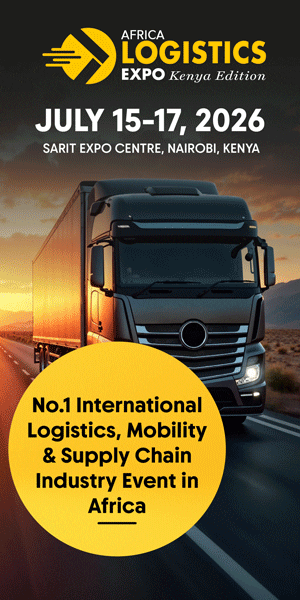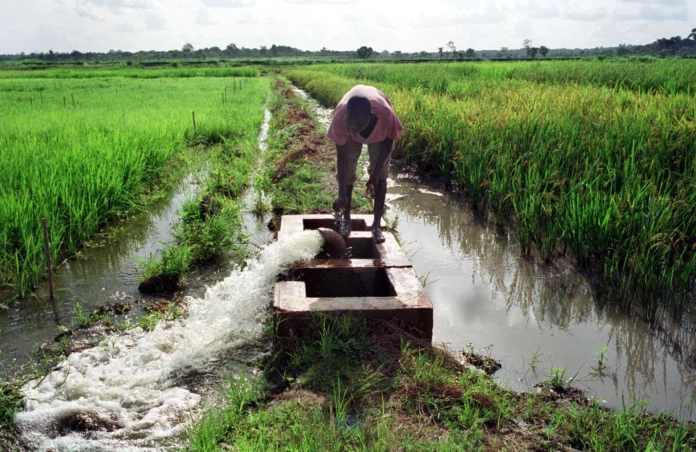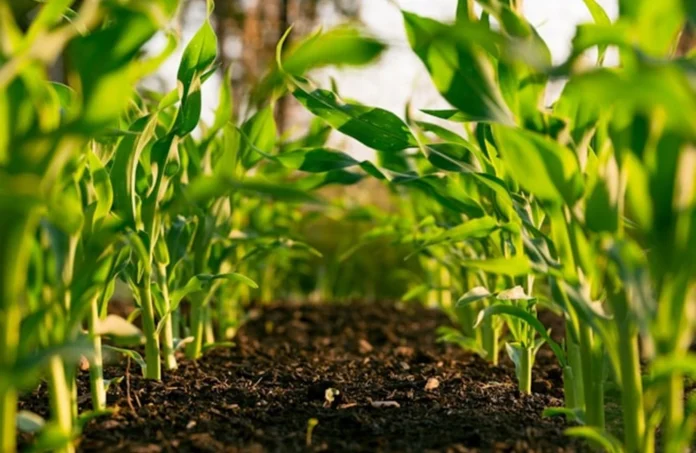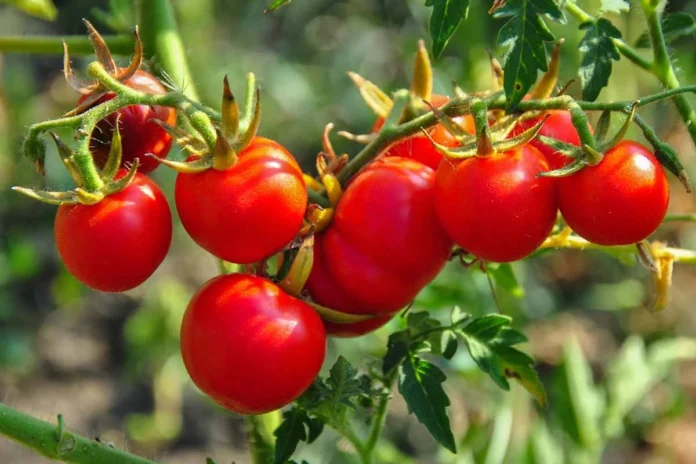Algeria’s Bold Push for Dairy Independence: The Baladna Mega-Project and U.S. Cattle Imports
Arabfields, Adrar, Algeria — In the vast, sun-scorched expanses of southern Algeria, a transformative agricultural revolution is taking shape. The Baladna Al Djazair project, a $3.5 billion collaboration between Qatari dairy giant Baladna and the Algerian government, promises to reshape the nation’s food security landscape. Billed as the world’s largest integrated agricultural and industrial dairy operation, this ambitious venture aims to slash Algeria’s reliance on imported milk powder while creating thousands of jobs and boosting economic growth. Complementing this initiative is a landmark agreement with the United States, opening the door to high-yield American dairy cows that could supercharge local production. As Algeria grapples with rising domestic demand for dairy products amid global supply chain uncertainties, these developments mark a pivotal step toward self-sufficiency.
Nestled in the Adrar province of southern Algeria, the Baladna Al Djazair project spans a staggering 117,000 hectares, equivalent to roughly 289,000 acres, or more than twice the size of Los Angeles. This arid region, known for its challenging desert climate, might seem an unlikely setting for a dairy empire, but advanced irrigation and sustainable farming techniques are set to turn it into a productive powerhouse. The project, formally launched through a partnership agreement signed in April 2024, represents a strategic pivot for Algeria, which currently imports a significant portion of its milk powder to meet national needs.
At its core, Baladna Al Djazair is designed as a fully integrated system, comprising three distinct clusters or “poles.” Each pole will feature a dedicated farm for cereal and forage production to feed the livestock, a large-scale cattle farm focused on milk and meat output, and an on-site factory for processing powdered milk. This closed-loop approach minimizes transportation costs and environmental impact while ensuring a steady supply chain from field to factory.
The project’s rollout is phased to allow for gradual scaling. In the initial phase, construction will focus on establishing a forage farm to secure feed supplies, building a cattle facility capable of housing 50,000 bovines, and installing state-of-the-art production lines for milk powder. Contracts for this phase, valued at over $500 million, were signed in July 2025 with international suppliers, including German engineering firm GEA, which has been tasked with constructing the world’s largest integrated dairy facility. GEA’s involvement brings cutting-edge technology, including automated milking systems and energy-efficient processing equipment, to the table.
Construction is slated to begin in early 2026, with the first batches of milk powder expected to roll off the lines by late 2027. As the project matures, the herd size will expand dramatically. By the ninth year of operation, the total number of cattle is projected to reach 270,000 to 272,000 heads, enabling an annual milk production of approximately 1.7 billion liters. This output will translate to up to 196,000 tons of milk powder per year, covering about 50% of Algeria’s domestic demand and significantly reducing the country’s import bill, which has hovered around high levels in recent years.
Initially, the focus will be on powdered milk production, a staple in Algerian households and a key ingredient in various food products. Over time, the facility plans to diversify into 250 additional items, including infant formula, cheeses, yogurts, and other dairy derivatives. This expansion not only broadens the project’s economic footprint but also addresses nutritional needs in a country where dairy consumption is integral to daily diets.
Baladna, Qatar’s leading dairy producer, brings proven expertise from its operations in the Gulf, where it has successfully navigated similar desert environments to achieve self-sufficiency. “This project is a testament to international collaboration driving sustainable development,” said Baladna’s CEO in a statement following the July 2025 contract signings. For Algeria, the initiative aligns with President Abdelmadjid Tebboune’s vision of economic diversification and food sovereignty, particularly in the wake of global disruptions like the COVID-19 pandemic and geopolitical tensions affecting supply chains.
However, the project’s desert location poses unique challenges, including water scarcity and extreme temperatures. To mitigate these, the design incorporates advanced desalination, efficient irrigation systems, and climate-controlled barns to ensure animal welfare and productivity. Environmental sustainability is a priority, with plans for renewable energy integration and waste recycling to minimize the ecological impact.
In a complementary move bolstering Algeria’s dairy ambitions, the country has forged a historic agreement with the United States to import American dairy cows. Signed in November 2024 between the U.S. Department of Agriculture (USDA) and Algeria’s Ministry of Agriculture and Rural Development, this pact marks a significant milestone in bilateral agricultural ties.
The agreement builds on years of scientific collaboration between the two nations. Annual exchanges on livestock management, dairy production chains, and bovine health have fostered mutual understanding and trust. In 2023, Algeria opened its market to U.S. bovine genetics, allowing the import of semen and embryos to enhance local breeds. The 2024 extension to live dairy cattle imports represents a natural progression, enabling direct access to high-performing animals.
American dairy cows, particularly Holstein breeds known for their superior milk yields, could dramatically increase Algeria’s per-cow output. U.S. Holsteins average over 10,000 liters of milk per lactation cycle, far surpassing many local varieties. This genetic infusion is expected to help meet Algeria’s growing demand for dairy products, driven by a population of over 45 million and urbanization trends.
Beyond production gains, the imports promise broader economic benefits. By invigorating the local dairy industry, the agreement could create jobs in farming, processing, and distribution sectors. It also supports Algeria’s goal of reducing dairy imports, which, according to USDA reports, have remained stable but burdensome in recent years. “This partnership strengthens Algeria’s food security and economic resilience,” noted a USDA official at the signing ceremony.
The timing is fortuitous for projects like Baladna Al Djazair, which may leverage these imports to stock its massive herds with top-tier genetics, accelerating the path to full operational capacity.
Together, the Baladna project and U.S. cattle imports could generate up to 5,000 direct jobs and many more indirectly, particularly in rural Adrar, where unemployment rates have historically been high. Economically, the initiatives are poised to stimulate growth in ancillary industries, from feed production to logistics, while saving billions in foreign exchange by curbing imports.
On the food security front, Algeria’s heavy dependence on imported dairy, estimated at over 400,000 tons of milk powder annually, has exposed it to price volatility and supply risks. By localizing production, these efforts aim to stabilize supplies and prices, benefiting consumers and reducing vulnerability to external shocks.
Challenges remain, including ensuring sustainable water use in the Sahara and adapting foreign technologies to local conditions. Yet, with international expertise from Qatar, Germany, and the U.S., Algeria is positioning itself as a regional leader in agri-industrial innovation.
As construction gears up in 2026, the world will watch whether this desert dairy dream becomes a model for food self-reliance in arid regions. For Algeria, it’s not just about milk, it’s about nurturing a more secure and prosperous future.












